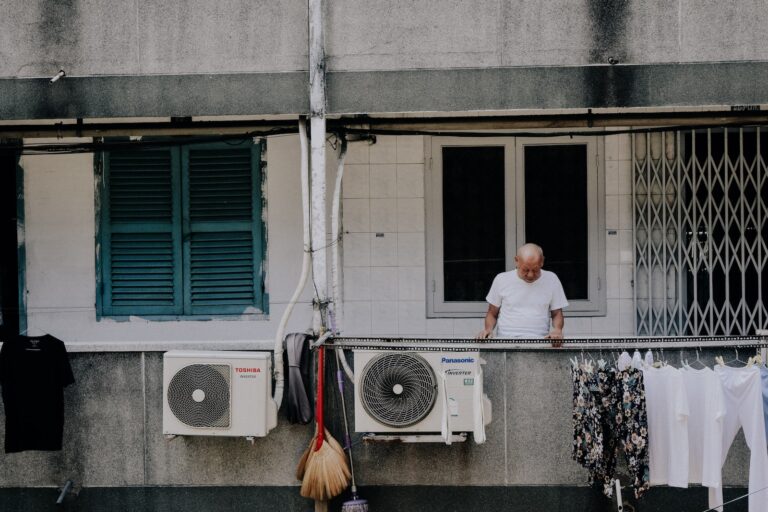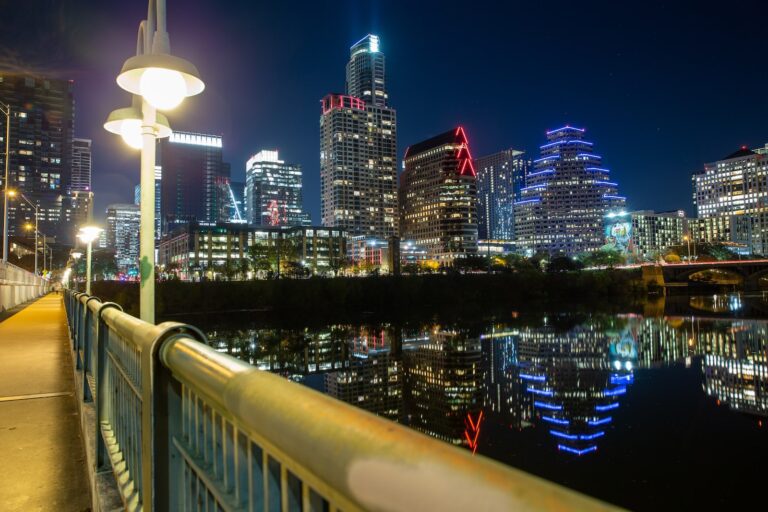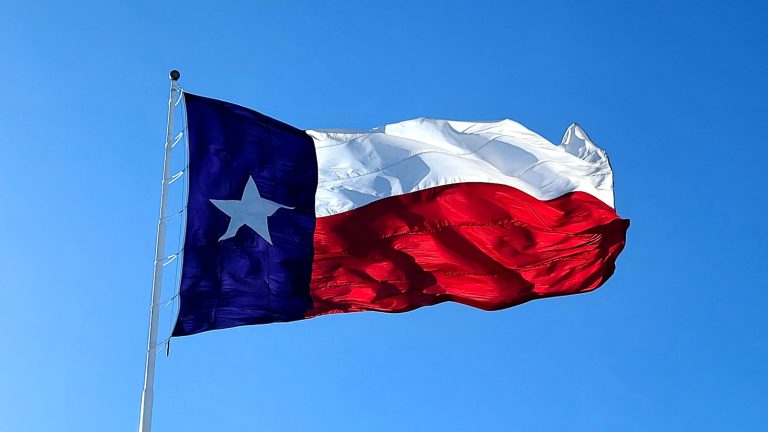What Percentage of the Electric Bill is Lights?
When you receive your electric bill, you may wonder what specific appliances or activities are using the most energy and driving up your bill. One common question is, “What percentage of my electric bill is attributed to lighting?” In this article, I’ll explore this question and provide some insight into how lighting impacts your electric bill.
How Does Lighting Impact Your Electric Bill?
Lighting can have a significant impact on your electric bill, as it’s one of the most commonly used sources of electricity in a home. According to the US Energy Information Administration, lighting accounts for approximately 8% of a typical household’s electricity usage.
However, the exact percentage of your electric bill attributed to lighting will depend on several factors, including the type of lighting you use, the number of light fixtures in your home, and how often you use them.
What Factors Affect the Percentage of Your Electric Bill Attributed to Lighting?
- Type of Lighting: The type of lighting you use will have a big impact on the percentage of your electric bill attributed to lighting. Incandescent bulbs, for example, are not as energy-efficient as LED lights and can contribute more to your electric bill.
- A number of Light Fixtures: The more light fixtures you have in your home, the more energy you’ll use for lighting and the higher your electric bill will be.
- Usage: How often you use your lights will also impact the percentage of your electric bill attributed to lighting. If you frequently leave lights on when you’re not in a room or if you use lighting for extended periods of time, you’ll use more energy and your electric bill will be higher.
Examples of Electric Bills and Lighting Usage
To better understand the impact of lighting on your electric bill, let’s take a look at a few examples:
- Household A: This household has 10 light fixtures and uses incandescent bulbs. They estimate that they use lighting for approximately 6 hours per day. Based on their usage and the type of lighting they use, it’s estimated that lighting accounts for approximately 15% of their monthly electric bill.
- Household B: This household has 5 light fixtures and uses LED lights. They estimate that they use lighting for approximately 4 hours per day. Based on their usage and the type of lighting they use, it’s estimated that lighting accounts for approximately 5% of their monthly electric bill.
- Household C: This household has 20 light fixtures and uses a mix of incandescent bulbs and LED lights. They estimate that they use lighting for approximately 8 hours per day. Based on their usage and the type of lighting they use, it’s estimated that lighting accounts for approximately 10% of their monthly electric bill.
Conclusion
The percentage of your electric bill attributed to lighting will vary depending on several factors, including the type of lighting you use, the number of light fixtures in your home, and how often you use them. On average, lighting accounts for approximately 8% of a typical household’s electricity usage.
By using energy-efficient lighting, reducing the number of light fixtures in your home, and being mindful of how often you use your lights, you can potentially reduce the percentage of your electric bill attributed to lighting and lower your overall energy consumption.




